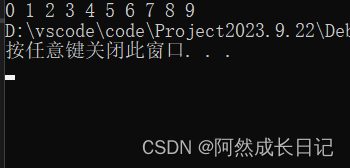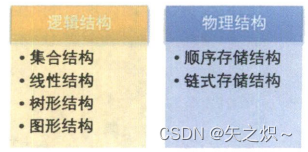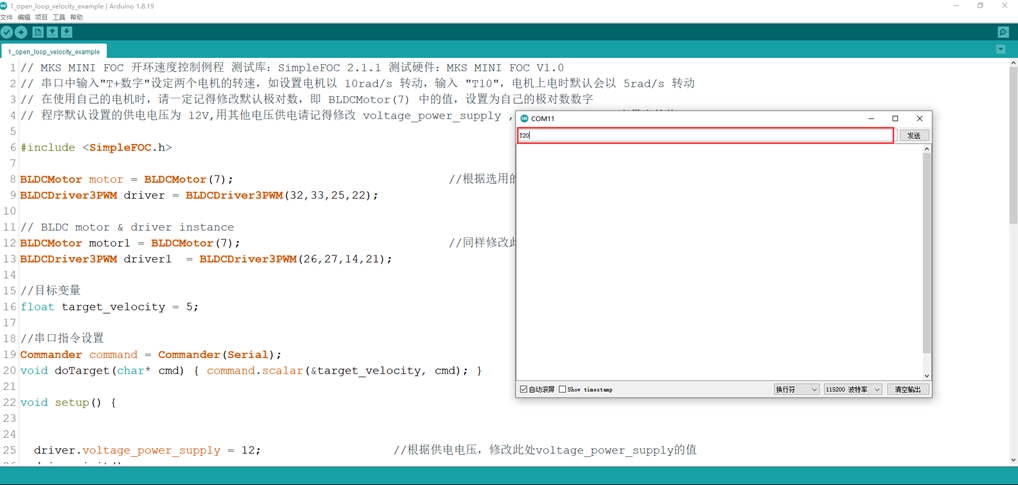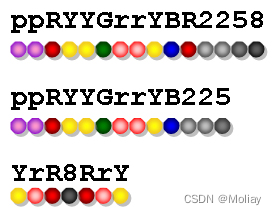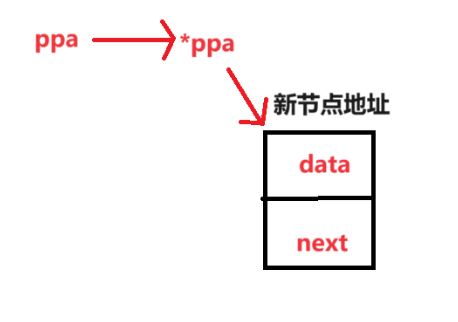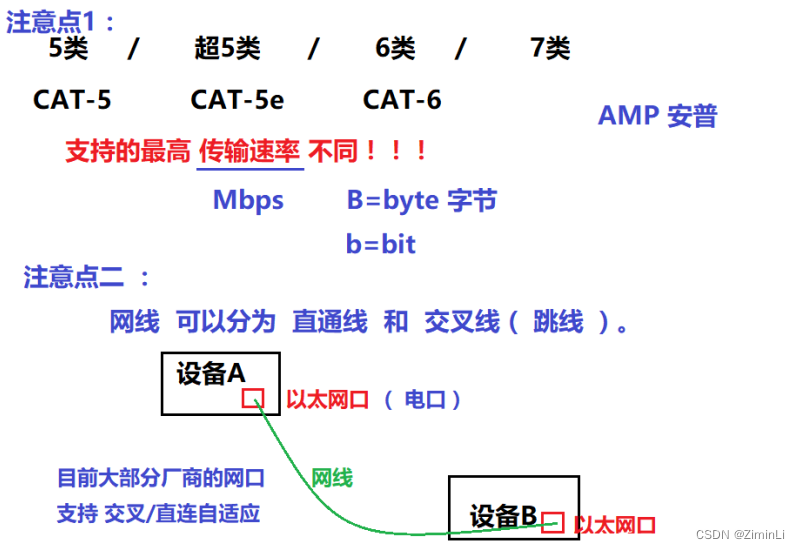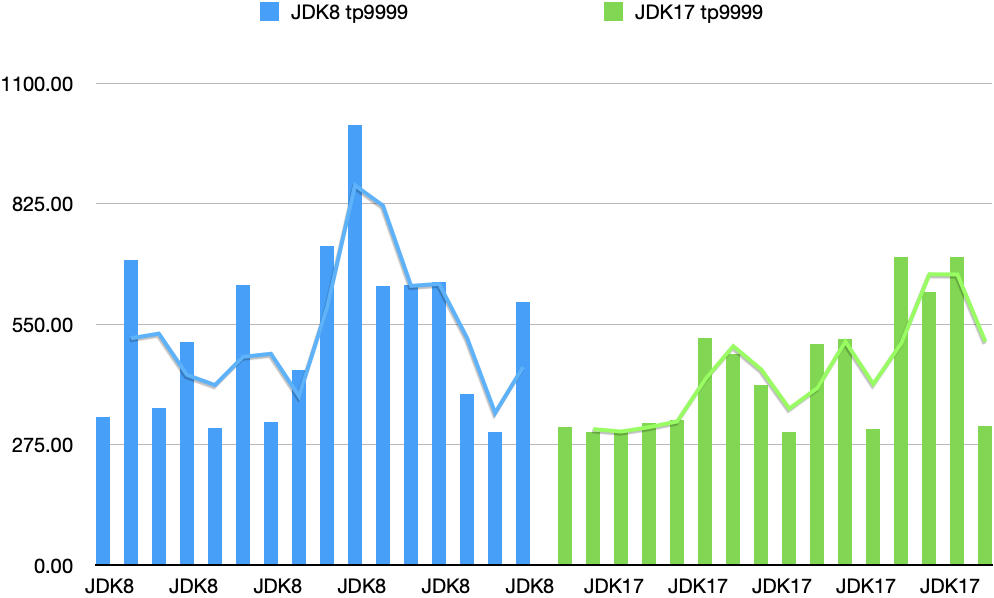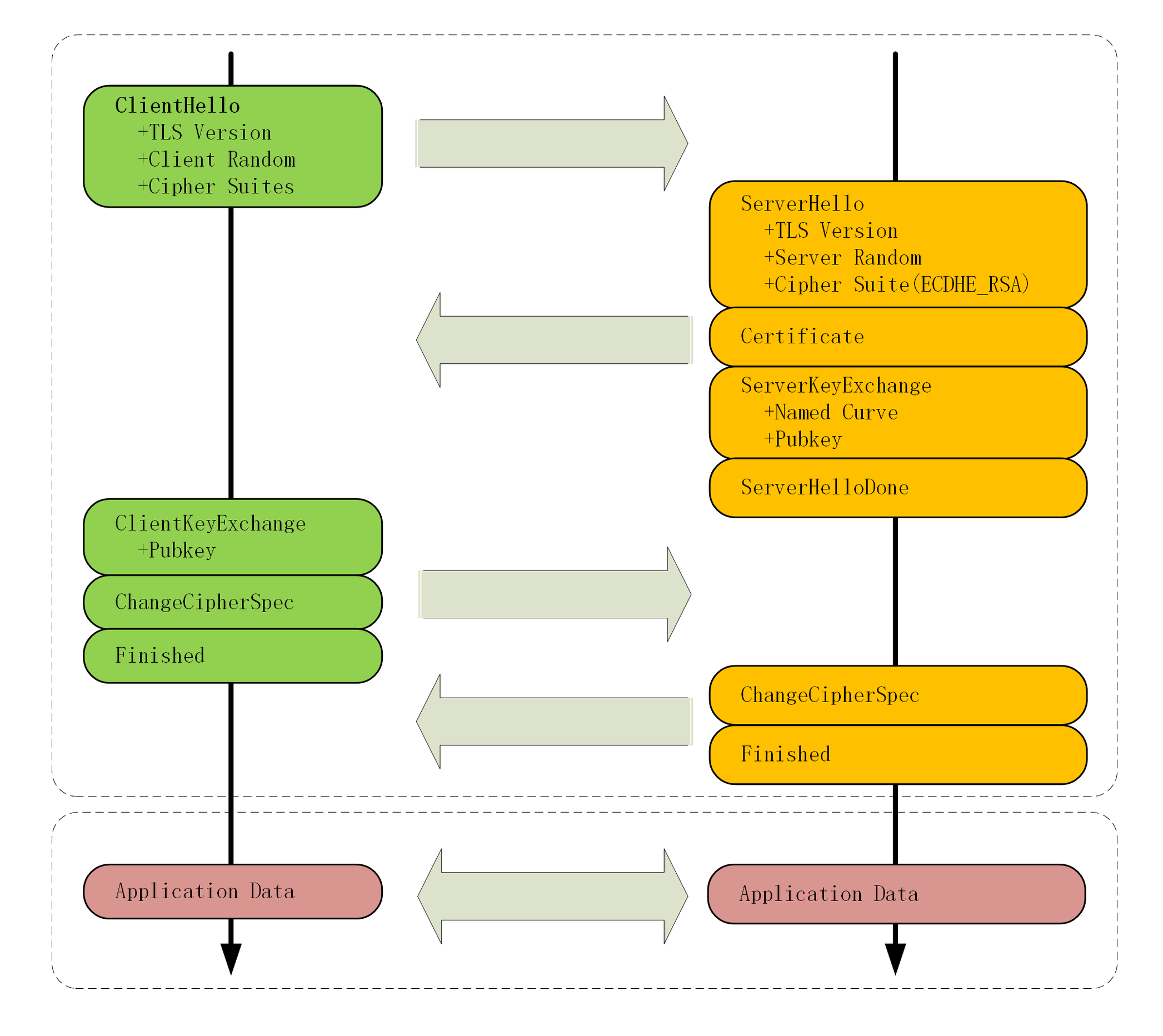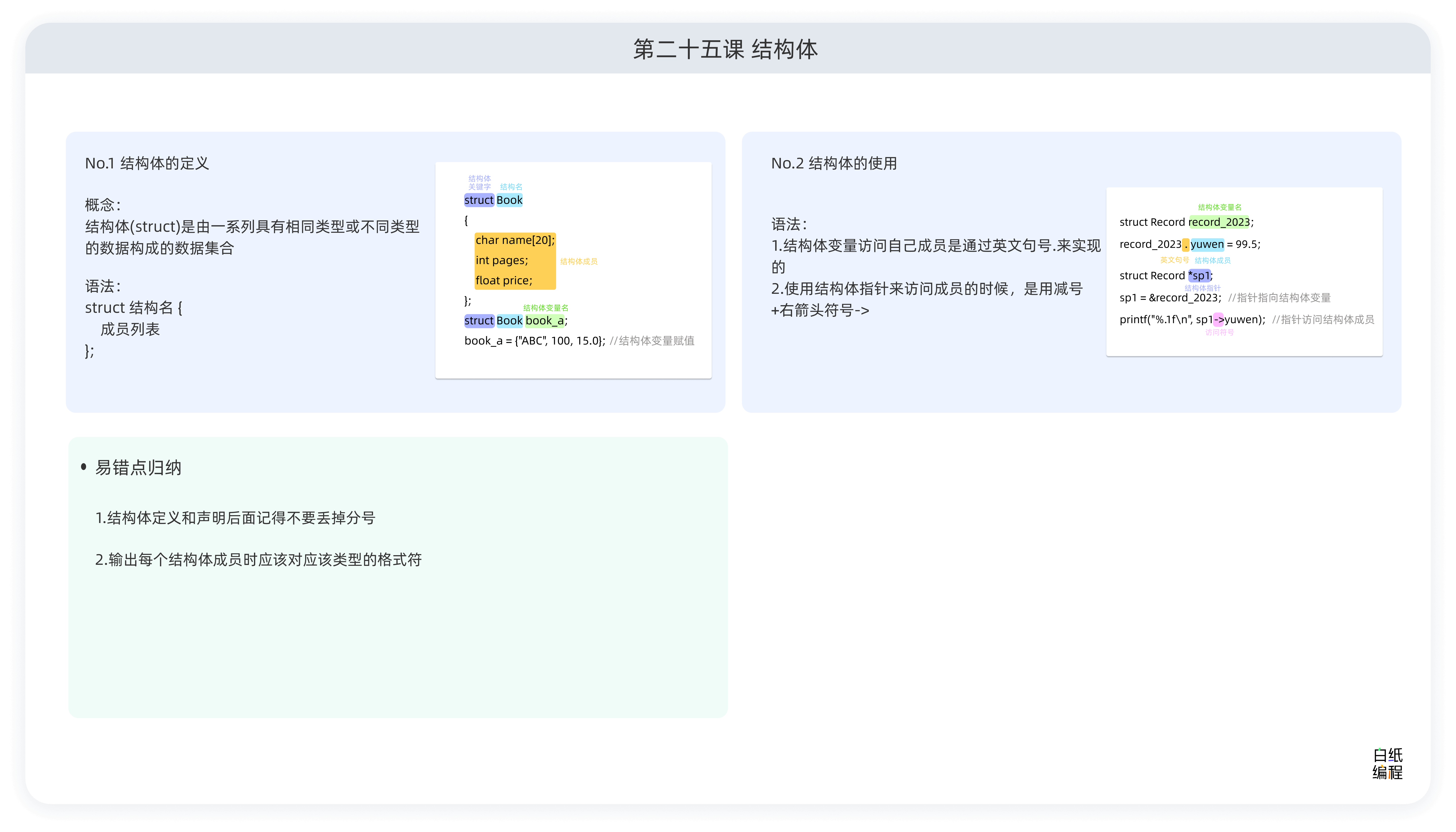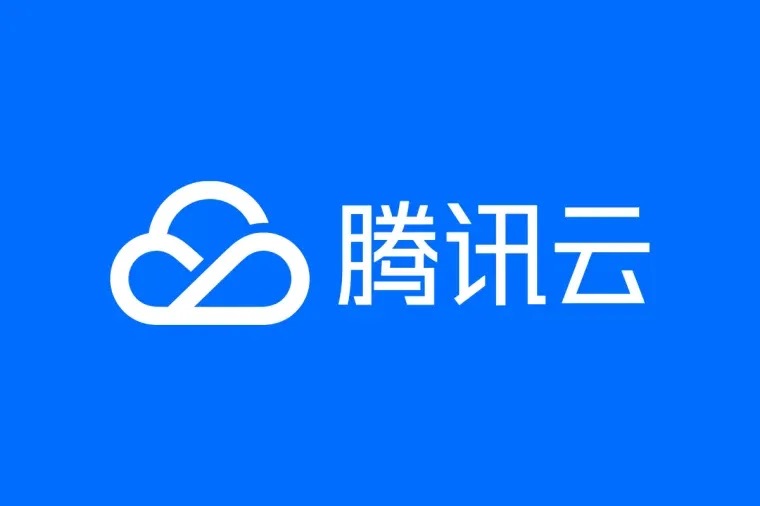文章目录
- 一、栈与队列基础
- 二、例题
- (一)栈
- 1.[232. 用栈实现队列](https://leetcode.cn/problems/implement-queue-using-stacks/description/)
- (1)思路
- (2)代码
- (3)复杂度分析
- 2.[225. 用队列实现栈](https://leetcode.cn/problems/implement-stack-using-queues/description/)
- (1)思路
- (2)代码
- (3)复杂度分析
- 3.[20.有效的括号](https://leetcode.cn/problems/valid-parentheses/description/)
- (1)思路
- (2)代码
- (3)复杂度分析
- 4.[1047.删除相邻有效字符 ](https://leetcode.cn/problems/remove-all-adjacent-duplicates-in-string/description/)
- (1)思路
- (2)代码
- (3)复杂度分析
- 6.[150. 逆波兰表达式求值 ](https://leetcode.cn/problems/evaluate-reverse-polish-notation/)
- (1)思路
- (2)代码
- (3)复杂度分析
一、栈与队列基础
队列是先进先出,栈是先进后出。
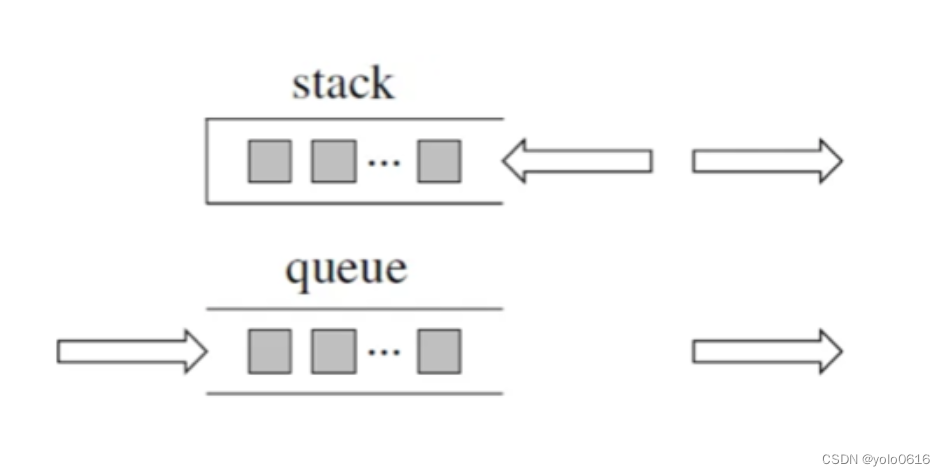
栈是以底层容器完成其所有的工作,对外提供统一的接口,底层容器是可插拔的(也就是说我们可以控制使用哪种容器来实现栈的功能)。
所以STL中栈往往不被归类为容器,而被归类为container adapter(容器适配器)。
那么问题来了,STL 中栈是用什么容器实现的?
从下图中可以看出,栈的内部结构,栈的底层实现可以是vector,deque,list 都是可以的, 主要就是数组和链表的底层实现。
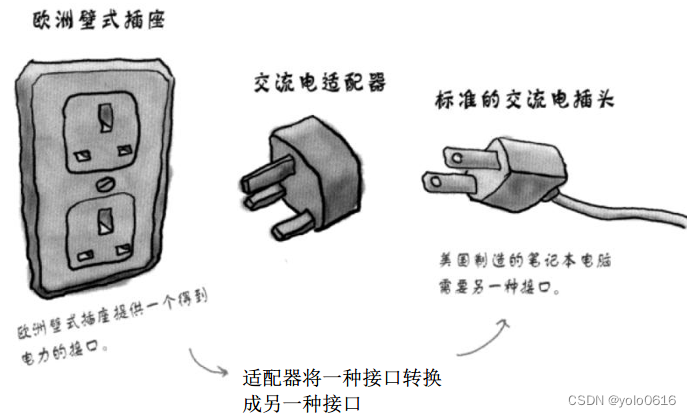
虽然 stack 和 queue 和 priority_queue 中也可以存放元素,但在 STL 中并没有将其划分在容器的行列,而是将其称为容器适配器,这是因为 stack 和 queue 和 priority_queue 只是对其他容器的接口进行了包装,STL 中 stack 和 queue 默认使用 deque,而 priority_queue 默认使用 vector。
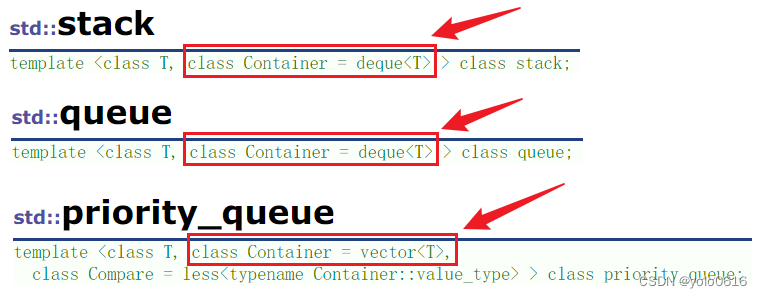
二、例题
(一)栈
1.232. 用栈实现队列
(1)思路
(2)代码
class MyQueue {
public:
stack<int> in;
stack<int> out;
MyQueue() {
}
void push(int x) {
in.push(x);
}
int pop() {
// 只有当out为空的时候,再从in里导入数据(导入in全部数据)
if (out.empty()) {
// 从in导入数据直到in为空
while (!in.empty()) {
out.push(in.top());
in.pop();
}
}
int result = out.top();
out.pop();
return result;
}
int peek() {
int res = this->pop();
out.push(res);
return res;
}
bool empty() {
return in.empty() && out.empty();
}
};
(3)复杂度分析
时间复杂度:push和empty为O(1), pop和peek为O(n)
空间复杂度:O(n)
2.225. 用队列实现栈
(1)思路
(2)代码
(3)复杂度分析
3.20.有效的括号
(1)思路
(2)代码
class Solution {
public:
bool isValid(string s) {
if (s.size() % 2 == 1) {
return false;
}
stack<char> t;
for (auto ch : s) {
if (ch == '(') { //
t.push(')');
}
else if (ch == '[') {
t.push(']');
}
else if (ch == '{') {
t.push('}');
}
else if (t.empty() || ch != t.top()) {
// 第一种情况:已经遍历完了字符串,但是栈不为空,说明有相应的左括号没有右括号来匹配,所以return false
// 第二种情况:遍历字符串匹配的过程中,发现栈里没有要匹配的字符。所以return false
// 第三种情况:遍历字符串匹配的过程中,栈已经为空了,没有匹配的字符了,说明右括号没有找到对应的左括号return false
return false;
}
else {
t.pop();
}
}
return t.empty();
}
};
(3)复杂度分析
- 时间复杂度: O(n)
- 空间复杂度: O(n)
4.1047.删除相邻有效字符
(1)思路
我们在删除相邻重复项的时候,其实就是要知道当前遍历的这个元素,我们在前一位是不是遍历过一样数值的元素,那么如何记录前面遍历过的元素呢?
所以就是用栈来存放,那么栈的目的,就是存放遍历过的元素,当遍历当前的这个元素的时候,去栈里看一下我们是不是遍历过相同数值的相邻元素。
(2)代码
class Solution {
public:
string removeDuplicates(string s) {
string result;
for (char ch : s) {
if (result.empty() || result.back() != ch) {
result.push_back(ch);
}
else {
result.pop_back();
}
}
return result;
}
};
(3)复杂度分析
时间复杂度: O(n)
空间复杂度: O(1),返回值不计空间复杂度
6.150. 逆波兰表达式求值
(1)思路
那么来看一下本题,其实逆波兰表达式相当于是二叉树中的后序遍历。 大家可以把运算符作为中间节点,按照后序遍历的规则画出一个二叉树。
(2)代码
class Solution {
public:
int evalRPN(vector<string>& tokens) {
// 力扣修改了后台测试数据,需要用longlong
stack<long long> st;
for (int i = 0; i < tokens.size(); i++) {
if (tokens[i] == "+" || tokens[i] == "-" || tokens[i] == "*" || tokens[i] == "/") {
long long num1 = st.top();
st.pop();
long long num2 = st.top();
st.pop();
if (tokens[i] == "+") st.push(num2 + num1);
if (tokens[i] == "-") st.push(num2 - num1);
if (tokens[i] == "*") st.push(num2 * num1);
if (tokens[i] == "/") st.push(num2 / num1);
} else {
st.push(stoll(tokens[i]));
}
}
int result = st.top();
st.pop(); // 把栈里最后一个元素弹出(其实不弹出也没事)
return result;
}
};
(3)复杂度分析
- 时间复杂度: O(n)
- 空间复杂度: O(n)


